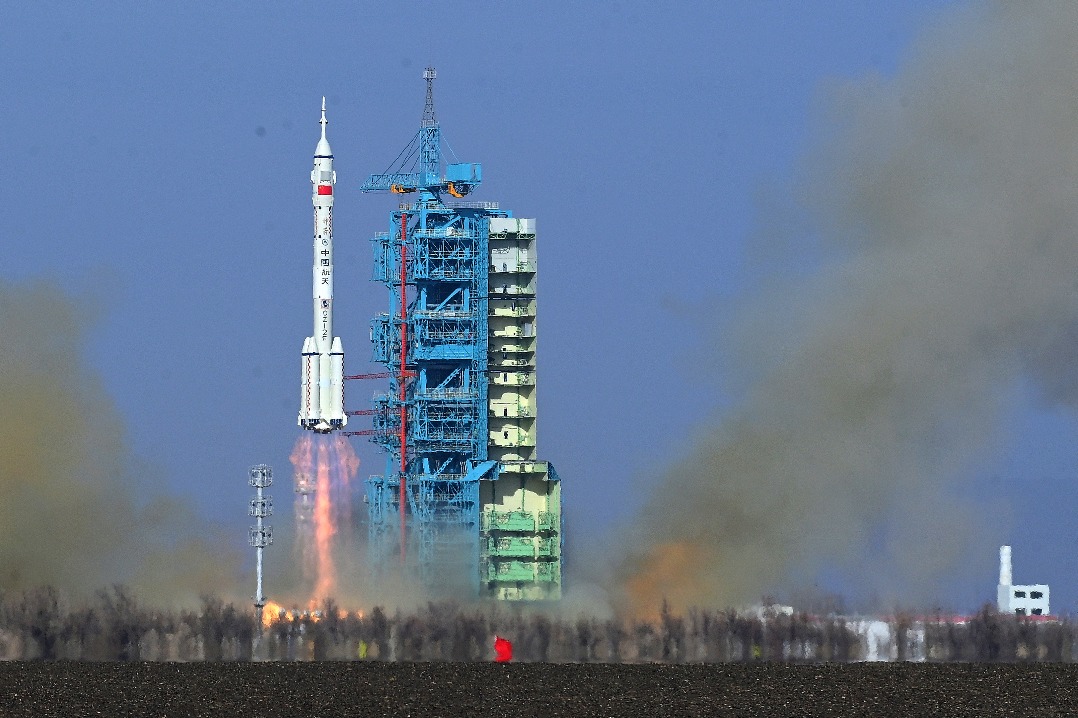Communication bridge : AI can unlock new opportunities in diagnosing and supporting individuals with autism spectrum disorder

Artificial intelligence technologies are advancing rapidly and finding a wide range of applications, including in medical science. One such area that offers great promise – supporting individuals with autism spectrum disorder (ASD) and studying its causes – demands a special scientific approach.
Despite decades of research, the origins of ASD are still not fully understood. Modern science is aware of more than 130 genetic mutations linked to ASD, but it remains unclear which of them play a decisive role or how exactly their interaction leads to the development of autism. The answers to these and other extremely complex scientific questions may lie beyond the capabilities of traditional methods.
Recently, partly a result of better diagnostic techniques, the number of children with ASD has been increasing around the world; Central Asia is no exception in this regard. The Autism Research Journal states that about 100 in 10,000 children around the world are diagnosed with ASD. This is an increase from the 2012 global prevalence report which found that 62 in 10,000 children were autistic. This means that society will increasingly have to face the problems associated with ASD and, as children with ASD grow older, they will have to deal with a range of new psychological and social issues associated with their adaptation in society. That is why scientific knowledge about and public awareness of autism are becoming more important than ever.
This is precisely where, AI could become a powerful new tool for diagnosing and treating ASD. Sophisticated neural networks, including large language models capable of processing and analyzing massive amounts of data, can help identify patterns that were previously inaccessible within the framework of conventional statistics. Identifying these patterns could be the basis for a breakthrough in early diagnosis, enabling a better understanding of the molecular and genetic foundations of autism.
For example, Marcus Autism Center, one of the world's leading centers in research, diagnosis and treatment of autism, has developed the first biomarker-based, eye-tracking diagnostic technology which is now available to help diagnose autism in children between 16 and 30 months of age. The technology uses a digital biomarker to track how a child watches and focuses on the short videos, indicating whether or not the child has autism. Advanced algorithms analyze complex datasets – such as behavioural models, neuroimaging and facial expressions – to provide an accurate assessment and identify signs of autism that might be missed by traditional screening methods. Early diagnosis is extremely important, since it means earlier intervention and, as a result, better therapeutic outcomes.
AI can play a key role not only in identifying and studying the causes of autism, but also in supporting individuals with ASD. Many children and adults with ASD have difficulty in speaking and interpreting verbal and non-verbal cues, which often complicates their social integration, leading to isolation and elevated anxiety. It is precisely here that AI could serve as a kind of "bridge" – a mediator between individuals with ASD and the outside world.
AI could be integrated into assistive technologies, from educational robots to devices that enhance perception, learning, and social integration for individuals with ASD. There are already speech and voice processing technologies available today that are capable of adapting the user's voice and changing their intonation to meet various needs. Platforms that convert text to speech with human-like accuracy are highly beneficial for individuals with autism. There are also AI companions that are capable of more than just speaking; they can engage in lively discussions, helping experts understand the inner world of individuals with ASD. In addition, AI systems can generate learning materials such as images and videos that simulate social situations to help children with autism better navigate society.
The most promising practical applications and benefits of AI technologies might be their ability to automatically adapt to the needs of each individual with ASD by responding to their behavior and patterns of interaction. This could help with the real-time monitoring of their condition and enable timely adjustments to their therapy.
The adoption of AI in an area as sensitive as diagnosing and supporting individuals with ASD requires profound ethical reflection and consideration of the potential risks, ranging from the protection of personal information to the interpretability of data. One major concern is the replacement of genuine human interaction with technological interfaces. An excessive reliance on technology could lead to the further isolation of individuals with ASD unless a sound and informed approach is adopted.
AI should be treated just like any other tool. Its value is determined not by the algorithm itself but by how and for what purpose it is used – and who is using it. The effective and safe application of AI in this area requires well-trained specialists, a transdisciplinary approach and intersectoral collaboration. The goal should not be to completely replace doctors and other health professionals with technology but to use technology to maximize the benefit they provide.
New approaches to diagnosis and support for children with ASD are especially important for Central Asian countries, including Kazakhstan, where the number of ASD diagnoses continues to rise each year. This is a particularly sensitive subject in the region due to the legacy of the Soviet era, when children with autism were frequently misdiagnosed with schizophrenia. At that time, society was intolerant of such children, and ashamed parents often hid them, effectively isolating them from the world. Fortunately, the situation has improved considerably. Awareness is growing; support centers are opening; and public attitudes are changing. But challenges still remain, of course.
Despite the risks, AI will become an integral part of support systems for individuals with autism over the next decade. It will help with early diagnosis, personalized learning and treatment, and improved communication for people with ASD, while also driving scientific advances in the study of neurodiversity. And perhaps most importantly, AI will bring us closer to a genuine understanding of how individuals with ASD perceive – see, hear and feel – the world.
The author is the president of the Academy of Preventive Medicine of Kazakhstan, the National Center for Nutrition and is the chairman of the Board of Trustees of the Bulat Utemuratov Foundation. The author contributed this article to China Watch, a think tank powered by China Daily. The views do not necessarily reflect those of China Daily.


































